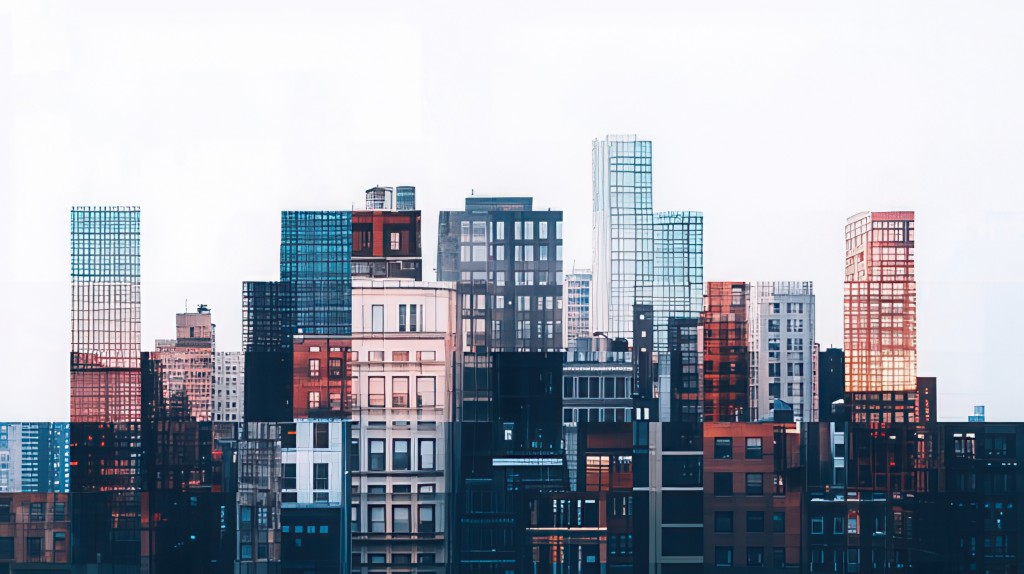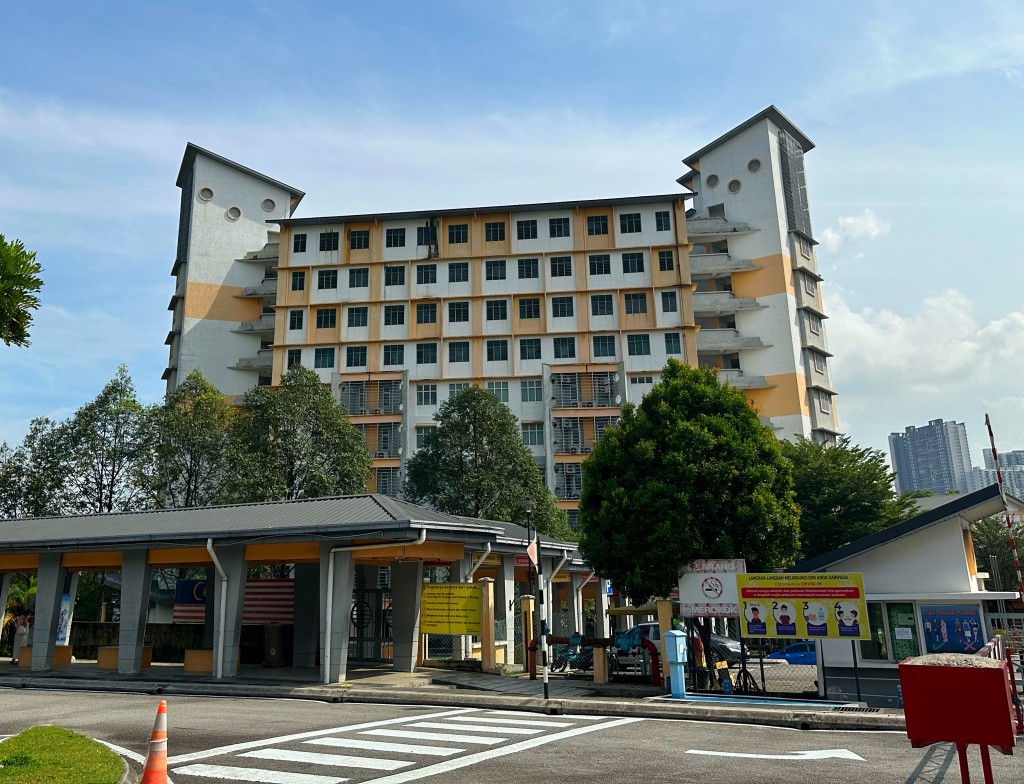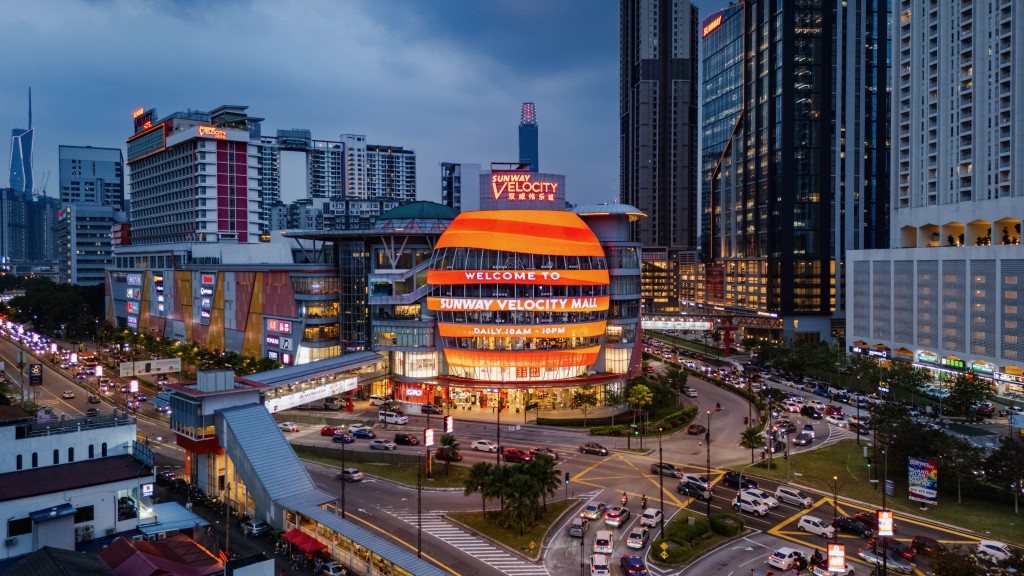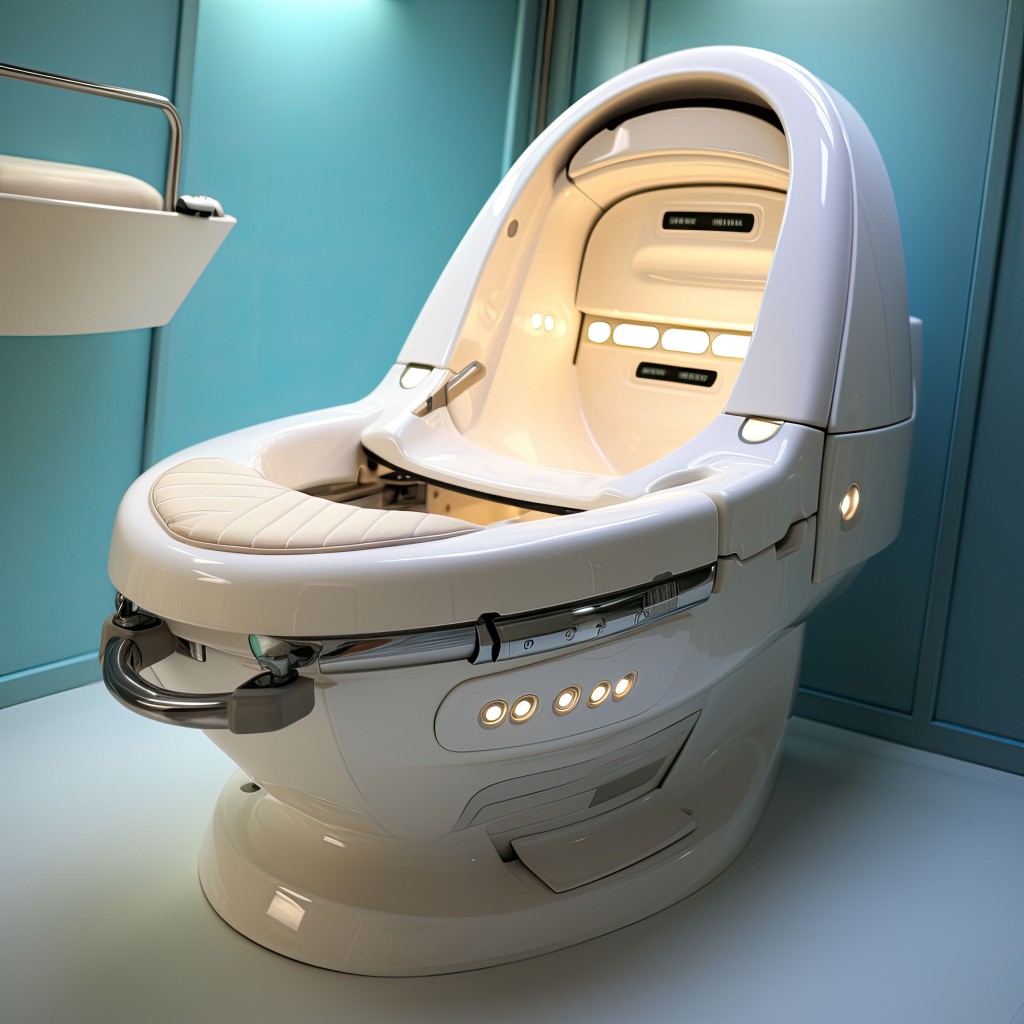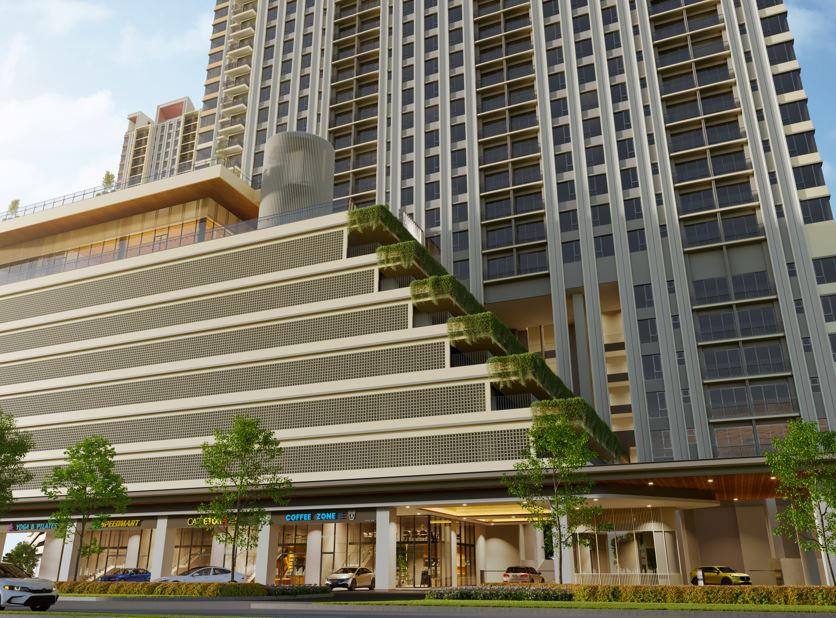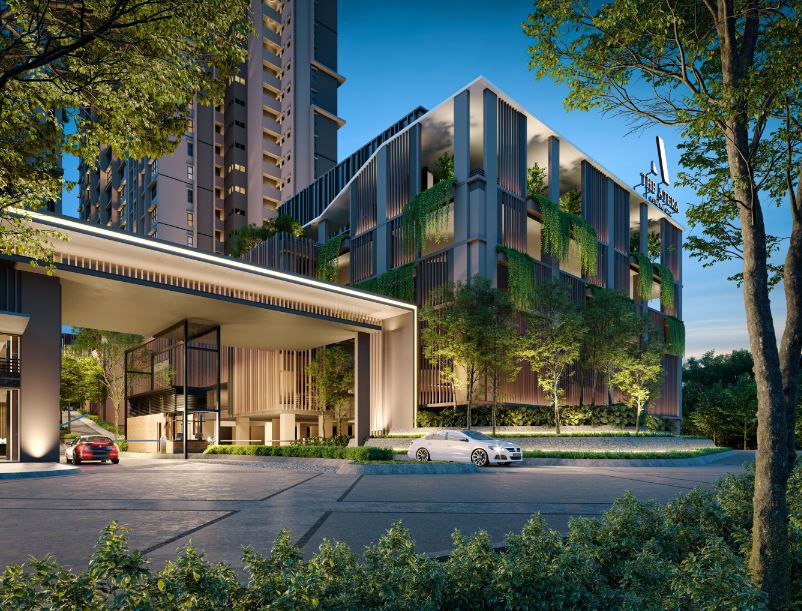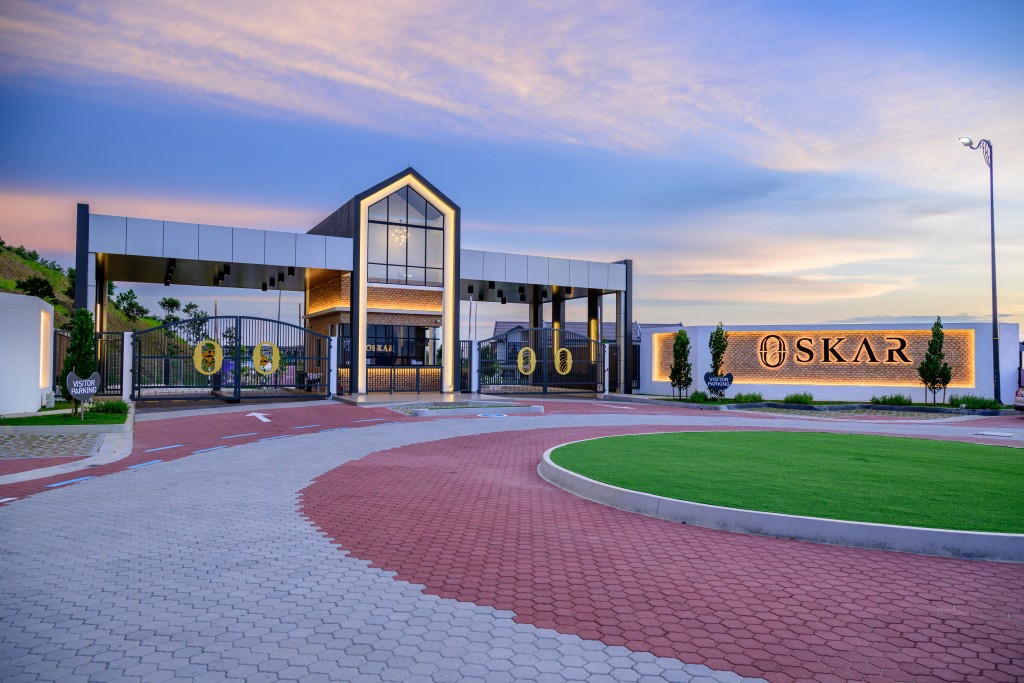Indoor air quality should not be neglected especially that children are spending longer time indoors
By Yip Wai Fong
The modern age and the built environment are inextricably linked to the formation and growth of cities and townships. One cannot begin to discuss the subject of modernity without invoking the image of cities and urbanisation. As buildings and paved roads proliferate, human retreats from nature and conduct more and more of their daily life indoors.
More so for the children born and bred in urban environments. They spend a disproportionate amount of time indoors than adults since there are fewer and fewer outdoor spaces left for them where they can be left unsupervised without being exposed to the hazard of traffic, be it humans or objects.
As such, indoor environmental quality deserves important attention, and when children are its frequent users, an added emphasis should be placed to ensure that their health and safety are safeguarded.
In the past decade, the agendas of Green Building, part of the global movement towards net-zero carbon emissions, has included optimising indoor air quality. Within the overall framework of environmental protection, this benchmark actually leans heavier on the side of protecting human health. The World Green Building Council, the world’s largest action network on sustainable buildings, has identified several major causes of indoor air pollution.
The first one is household air pollution from solid fuel combustion, primarily due to the use of solid fuels and kerosene for cooking and heating which creates toxic particulate matter (PM) through combustion. Exposure to PM can cause cardiovascular and respiratory disease and strokes.
While the first cause happens mainly in developing countries, developed countries also face a major issue of indoor air pollution from gas stoves, often considered the clean and safe upgrade from solid fuel combustion. However, research shows that pollutants released from gas appliances can lead to heightened nitrogen dioxide levels, which can worsen respiratory conditions such as asthma.
Third, pollutants released within the indoor environment include volatile organic compounds (VOCs) from building or fit-out materials including paints and varnishes, adhesives and furnishings, and household items such as electronics and cleaning materials. Exposure to these pollutants can trigger health issues such as nausea, headaches, respiratory irritation, and allergies. Organically derived gases, such as radon, can also generate a form of indoor pollution that presents major health risks.
A substandard building can also lead to biological contaminants concentrated in indoor air. Infiltration of air through cracks in the building façade (exterior) can cause dampness, leading to mould and fungi growth within walls, releasing airborne microbial pollution within indoor air. This occurs in both hot, humid climates and cold, temperate climates. Homes with mould increase the risk of asthma.
Malaysia's indoor air quality
In Malaysia, researchers have found radon concentration in building materials such as concrete bricks and brown clay bricks. The researchers used a set of samples consisting of concrete bricks, concrete bricks with cemented coatings, concrete bricks with cemented coatings and paint, brown clay bricks, brown clay bricks with cemented coatings and brown clay bricks with cemented coatings and paint. Publishing the findings in the Journal of Nuclear and Related Technologies (2010), they noted that concrete bricks contain double as much radon as brown clay bricks. Consequently, the researchers recommended that concrete walls be painted and concrete floors be paved with ceramic tiles to prevent radon emanation, as ceramic tiles were found to have zero radon concentration.
Popular green building rating tools such as GBI and the GreenRE both have stipulations for the usage of low VOC paints and finishes as a score point. While it is estimated that buildings that received certification by the two standards total hundreds, it is by no means clear to the general public how these buildings have scored, and how many of them scored on the usage of low VOC paints and finishes. Also, not all buildings that use low VOC materials necessarily participate in the ratings.
The spike of concern over indoor air quality was most pronounced during the Covid-19 pandemic, due to the fact that the virus was airborne. Apart from the pandemic popularising the use of hand sanitisers, various types of air purifiers also made appearances in the local market. The unofficial estimate of the market size was at USD68.3mil (RM286.7mil) in 2020. Among the most popular types of air purifiers were High-Efficiency Particulate Air filters (HEPA) and ionic air purifiers.
However, neither has been proven to be a foolproof safeguard for optimal air quality. A joint study by three universities in the US found that ionic air purifiers solve one problem by creating a new one. An ionising device led to a decrease in some VOCs such as xylenes, but also to an increase in most prominently oxygenated VOCs (such as acetone and ethanol) and toluene.
Published in Building and Environment (2021), the researchers remarked that the air purifier marketplace is fraught with inadequate test standards, confusing terminology and a lack of peer-reviewed studies on their effectiveness and safety. As for the HEPA type of air purifiers, while studies have shown that it has been effective in reducing the concentrations of airborne pollutants and bacteria, there is a chance that these could leak into the air during the changing of the filters and therefore should be done by the professionals.
There is no telling of how safe our indoor air quality is without systematic monitoring and data collection and strict requirements for the use of low VOC materials in the built environment. While Malaysia is moving towards a greener future with its commitment to net-zero carbon emissions by 2040 the earliest and renewed zeal to push for widespread use of renewable energy, it should not lose sight of indoor air quality as it forms part of the net-zero carbon agenda.
Stay ahead of the crowd and enjoy fresh insights on real estate, property development, and lifestyle trends when you subscribe to our newsletter and follow us on social media.





